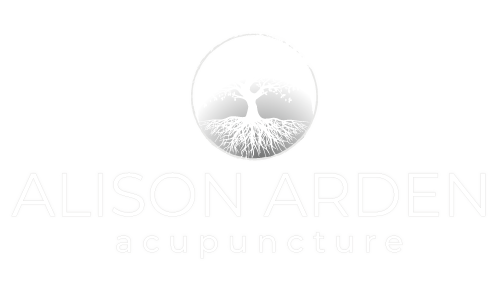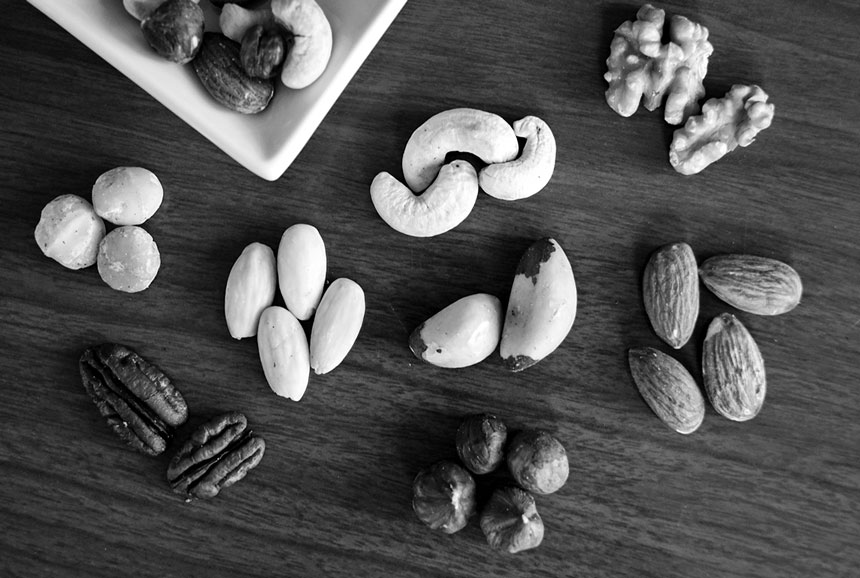During menopause, oestrogen levels in the body decrease, bringing on potential unpleasant symptoms such as hot flushes, headaches, irritability, poor memory and insomnia. There is decreased calcium absorption in the first stages of menopause. So the aim with diet is to increase calcium intake and to include foods that help oestrogen levels and balance hormones –phyto-oestrogens (natural plant oestrogens) and omega 3 fatty acids. Include foods/supplements with Vitamin A, B Complex, C and E. Vitamin E stimulates the production of oestrogen.
Omega 3 fatty acids are important in reducing blood pressure, cholesterol, inflammation, heart disease and improve hormone production and skin quality – think hormones, health, beauty and ageing!
The top nutrient to add to your diet for both oestrogen and omega 3 are flaxseeds (the golden version not brown). They can be added to your cooking (I sprinkle on my porridge after it’s cooked) but one way to include them is to put a tablespoon in half a pint of water last thing at night and drink the water the following morning. You can also have the seeds unless you have a bowel condition such as diverticulitis. All the goodness – zinc, vitamin E, omega 3 and phyto-oestrogens will come out of the seeds into the water.
Apart from golden flaxseeds, include walnuts, pecans and hazelnuts. Other seeds include chia, sesame and hemp.
Here are some other phyto-oestrogen rich foods ranging from higher to lower in content –
Soybeans
Tofu
Multigrain bread
Soy milk
Hummous
Garlic
Dried apricots
Pistachios
Dried dates
Chestnuts
Dried prunes
Olive oil
Soy sauce
Rye bread
Almonds
Cashews
Winter squash
Green beans
Broccoli
Peanut butter
Cabbage
White beans.
Calcium rich foods –
Sardines
Milk
Cheese
Yoghurt
Almonds
Hazel nuts
Parsley
Brazil nuts
Watercress
Quinoa
Pistachios
Kale
Tofu
Salmon
Eggs
Brown rice
Chicken
Some food and drink inhibit calcium uptake so be mindful of:
Coffee, soft drinks, refined sugar or excess sweetners, alcohol (which also worsens hot flushes), cigarettes, tomatoes, excess salt, aubergines, bell peppers and potatoes. Avoid spicy food to help decrease hot flushes.
Eat more oily fish to improve memory, mood, mental problems and lower risk of Alzeimer’s. Helps with irritability, forgetfulness and depression. The highest in omega 3 are in the following order:
Salmon
Mackerel
Fresh tuna
Herring
Anchovies
Trout.
Concerns about soya
Hot flushes are almost unheard of in Japan thanks to their diet, which is rich in soya. However, we have heard or read reports of how large quantities of soya can increase the risk of breast cancer, linked to the isoflavones it contains disrupting hormones. A high consumption of soya can also suppress thyroid function. But a lot of what we read about is because of the type of processed soya we consume in the UK. The reason Japanese women are famous for sailing through the menopause is because of the type of soya rich diet they are eating. They tend to eat only 7-8g of soya a day. They consume more sea-vegetables and so replace the iodine levels that are depleted by soya and their source of soya is less processed. They also don’t consume much tofu or soya milk. They mainly eat miso, tempeh or tamari, all of which are fermented, which unlike other forms of soya, are unlikely to block the uptake of zinc, iodine and calcium.
Beans
Eat more beans to help your body produce natural progesterone. This will also help balance hormones. These can include:
Chick peas, pinto beans, flageolet beans, kidney beans, lentils and green beans.
Alongside watching what you eat, weight bearing exercise is important to help with bone density, such as running, weight training and so on. It will also help mentally, lifting mood and maintaining fitness.
References:
Healing with Whole Foods: Asian Traditions and Modern Nutrition (2002), 3rd Edition. Paul Pitchford. North Atlantic Books, California.
https://themuttonclub.com/food-for-symptoms-of-menopause/accessed3November2018.

